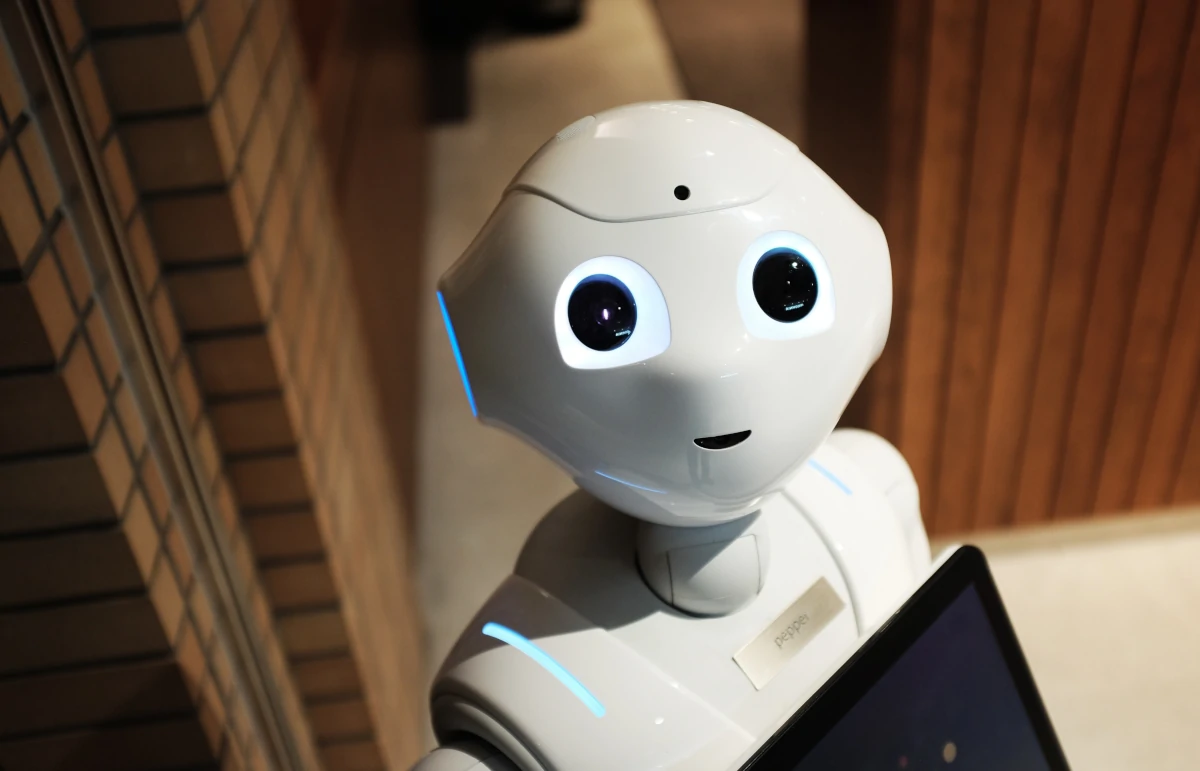Technology is playing a pivotal role in redefining the art world. New platforms and innovative mediums are opening doors for artists, allowing them to experiment with their craft and reach wider audiences. In this article, we will delve into the dynamic ways in which technology is transforming the art world and the potential impact it will have on the creative landscape.
Digital Art: A New Frontier
Digital art has emerged as a powerful force in the art world. Artists are increasingly using software and hardware tools to create stunning visuals. From digital painting to graphic design and digital photography, technology has enabled artists to explore new dimensions in their work. The lines between traditional and digital mediums are becoming increasingly blurred, resulting in unique and captivating art forms.
3D Printing: Sculpting the Future
3D printing is revolutionizing the way artists create sculptures and installations. By using computer-aided design (CAD) software, artists can model intricate designs and print them in various materials, including metals, plastics, and ceramics. This technology has expanded the possibilities for artists, enabling them to experiment with complex geometries and create pieces that were once deemed impossible. It has also given rise to new opportunities for collaborations between artists and engineers, fostering interdisciplinary creativity.
Virtual Reality: Immersive Art Experiences
Virtual reality (VR) has the potential to redefine how we experience art. By donning VR headsets, users can step into immersive, interactive art installations, allowing for a deeper connection with the artwork. Moreover, virtual galleries and exhibitions enable artists to showcase their work to a global audience, breaking down geographical barriers and democratizing access to art. The development of VR technology also paves the way for new forms of storytelling in the art world, offering unparalleled sensory experiences.
Augmented Reality: Adding Layers to the Real World
Augmented reality (AR) is another exciting development in the intersection of art and technology. AR allows artists to create digital art that interacts with the physical environment. Users can view these artworks through smartphones or AR glasses, adding an extra dimension to the world around them. Artists are exploring the possibilities of AR, creating site-specific installations, engaging public art projects, and even integrating AR elements into traditional media like paintings and sculptures.
Artificial Intelligence: Art’s New Collaborator
Artificial intelligence (AI) is making its presence felt in the art world, as artists increasingly collaborate with AI algorithms to create unique pieces. From generating new images based on artistic styles to creating music compositions, AI-powered tools are inspiring artists to push the boundaries of their craft. This fusion of human creativity and machine learning is giving rise to a new genre of art. However, that challenges our perceptions of authorship and originality.
E-commerce: Bridging Art and Commerce
The rise of e-commerce platforms has made it easier than ever for artists to sell their work directly to consumers. By showcasing and selling their art online, artists can reach a global audience. Moreover, allowing them to bypass traditional gatekeepers such as galleries and dealers. The future of art sales is likely to be heavily influenced by the continued growth of e-commerce and digital marketing strategies, making it essential for artists to adapt to the changing landscape.
Art Education: Technology’s Impact on Learning and Teaching
Technology is also transforming art education. Online learning platforms and digital resources are providing students and teachers with new ways to access, create, and share art. Virtual classrooms and video tutorials have made art education more accessible, breaking down geographical and financial barriers. Digital tools, such as drawing tablets and design software, are empowering students to develop their artistic skills in innovative ways.
Instructors are also leveraging technology to enhance their teaching methods. Interactive presentations, virtual museum tours, and collaboration tools facilitate engaging and immersive learning experiences. These advancements in art education are equipping the next generation of artists with the necessary skills to thrive in the evolving creative landscape.
Collaborative Art: Connecting Artists Worldwide
Technology has also fostered collaboration among artists on a global scale. Online platforms and social media networks have connected artists from different backgrounds. It is enabling them to exchange ideas, share techniques, and work together on projects. This interconnectivity has given rise to diverse art movements, as artists embrace the cross-pollination of ideas and cultures.
Conclusion: Embracing the Future of Art
The future of art is undeniably intertwined with technology. From digital art and 3D printing to virtual reality, augmented reality, and artificial intelligence, technological advancements are reshaping the creative landscape in unprecedented ways. As artists continue to explore these new frontiers, we can expect to see the boundaries of art pushed even further, offering fresh perspectives and experiences for art enthusiasts around the world.
By embracing these changes, artists can unlock new opportunities and chart a course for a successful and sustainable future in the ever-evolving world of art. As technology continues to progress, the possibilities for creative expression and collaboration will only grow, shaping the future of art in ways we have yet to imagine.
Visit Luxpeer to find out more information about art.
